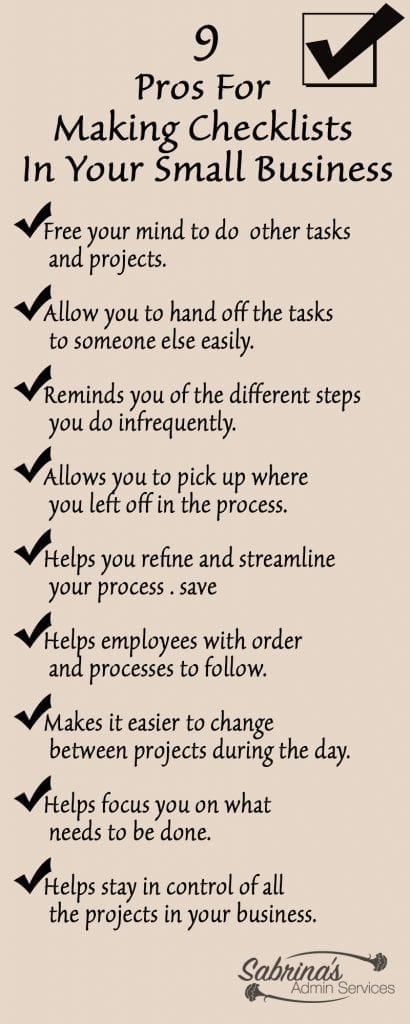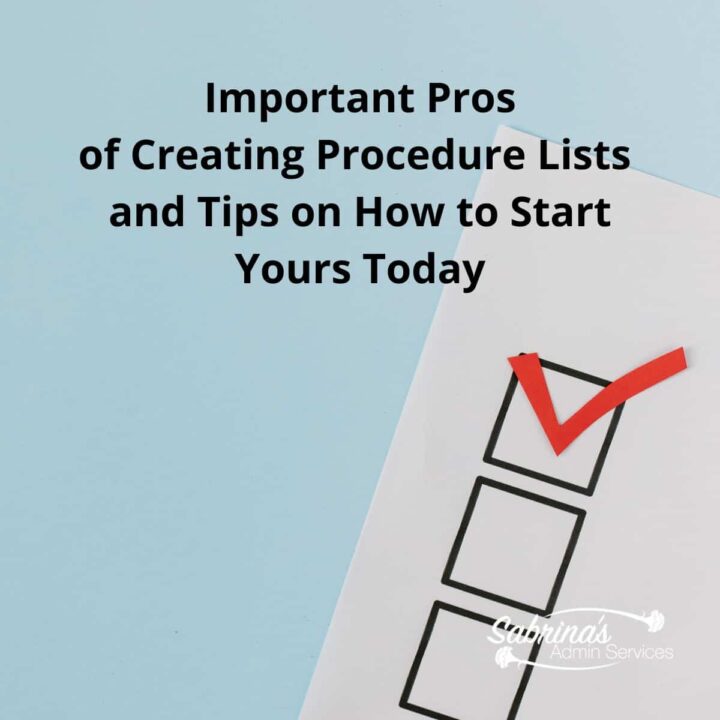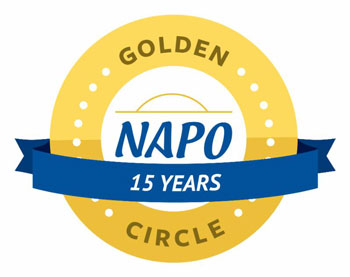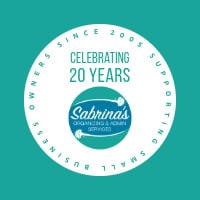Do you have issues remembering every step of your business process? Get frustrated when you forget a step? Do you feel you can’t delegate a project because you are afraid the other person will miss a crucial step? Well, you are not alone. All small business owners have these worries. Today, we are talking about the pros of Procedure Lists and to start making yours today.
Table of contents
For a small business to succeed, the company needs to have structure. Step-by-step instructions documented will help the person doing the task and allow another to do the duties if the individual is unexpectedly out or on vacation. Creating procedure lists and checklists goes a long way to making this process transparent and professional. Well, making lists helps in many ways. Here are nine benefits of creating lists for your small business.
“Nothing is particularly hard when you divide it into small jobs.” – Henry Ford – Read about the pros of making checklists in a small business. Share on X9 Pros For Making Checklists In Your Small Business
- Having a list written down will free your mind from doing other tasks and projects.
- Making a list will allow you to quickly hand off the duties to someone else, especially if you do not like doing the project.
- It helps remind you of the different tasks that need to be done for tasks that are done quarterly or even yearly.
- If you have an emergency and can’t finish a job, you can hand the incomplete list of tasks over to someone to finish it for you.
- It makes you more aware of the processes you are establishing in your business and highlights areas that can streamline them.
- Procedure lists help employees with orders and processes to follow. They will feel more in control of new projects and less stressed. They can then modify and refine the list as they do the tasks.
- You can change between projects easily on a particular day.
- It lets you focus on what needs to be done with that checklist task.
- You are in more control of all the projects in your business.

However, remember that the primary disadvantage of making procedure lists is the time it takes to make the initial list and the time required to modify the list regularly. Updating the list yearly to refine your process does help keep your system working efficiently.
"Start by doing what’s necessary, then what’s possible, and suddenly you are doing the impossible.” – Francis of Assisi Share on XI hope this convinces you that it is an important aspect of a small business. Let’s continue below if you are ready to make a comprehensive list for your small business projects. These steps will help you get your list started and hopefully save you time and money in the long run.
Determine where to start.
But how do you start by creating a procedure or checklist? First, start by documenting any repetitive process. This step could be the method for invoicing, bill paying, sharing posts online, preparing newsletters, tasks you do not often do, or even direct communication between client tasks. Start with any project that involves several different components. Think of the ones that take the longest to do or are more complex. These projects will benefit most from a documented procedure or checklist.
Pick the process to document.
Now, choose one process to document. While going through the process, document each step. Be sure to include details like the website name, where to find the detailed information needed for the process, and any reference information that may be required. Type it up so you can easily reprint it for future use and modifications.
Test your created list.
The next time you have to do this project, pull out the list and use it. Pretend you do not know what to do and rely on the list. Ask yourself if there is anything missing in the process. Write those steps down and then modify the original copy.
Test the procedures again.
If your list is missing significant steps, rerun the test by printing out the updated checklist copy and make sure you have included each step. And, if you still missed some steps, revise the procedures again. It’s OK if it takes some time. Lists that are this detailed are bound to have missing steps. However, by doing these test runs, you will easily see what is missing and what needs to be included. You can also hand it off to an employee or subcontractor to do the process and analyze it. Having someone else do the steps lets you see what areas need more detail.
Laminate the procedure list for future use.
Now that the list is complete and detailed, you can print it out and laminate it. I like to do this with shorter lists or processes I often do (say every week), so I can easily use a dry-erase marker and wipe it off when I am done. This task allows me to reuse it another time without wasting paper. Saving lots of trees and money on paper.
Inform others of the procedure list.
This step helps keep communication open between you and your employees or subcontractors. It shows them exactly what you are looking for in a particular project.
That’s it for now. This process will make you more productive and, above all else, less stressed about the tasks.
And if you need help making a procedure list, I can help. Feel free to check out my Procedure Evaluations and Refinement Services.
Below are some other articles about procedure lists in a business for extra tips and inspiration.
10 steps to start your business
Step-by-Step Procedures in Starting a Small Business
6 Policies Your Small Business Should Put in Writing Today
Please note these are affiliate links through Amazon (affiliate), and at no additional cost, I will earn affiliate fees if you decide to make a purchase.








I’m a huge believer in process checklists. When I worked in television, I had a checklists for ever procedure — for what I did daily, monthly, quarterly, and annually. It was especially helpful when I had to file reports with the FCC or deal with satellite feed problems. I similarly created those process checklists for my assistants and for the master control operators. Sometime people bristled, but they eventually found that following the list saved them heartache and headaches.
When I started my own business 23 years ago, I was on my own (as I am now), but I keep the lists so that sleepy me, and has-the-flu me, and rushing-out-the-door me always remember to hit ever item; when I skip a step or ignore the checklist, I get bitten in the behind.
I had one prospective client who rushed through the phone consultation and kept having to hang up and call back, and I skipped one question: were there any pets and if so, could they be kept in a separate room while we worked. On the appointed day, when I rang the doorbell, I was accosted by FOUR large (higher than my hip-height) dogs that knocked me down a few front steps. I kept asking, then begging, the client to pull her dogs back in, and she just crossed her arms, annoyed that I didn’t enjoy the affection of dogs who could raise up on hind legs and be taller than I am. I will never, ever skip that question on the checklist again!
Oh no! I just wrote a long comment, and then the page refreshed itself before I could finish. What I wrote disappeared.
I’ll make it short. Take two.
When I started offering my own workshops, I created a procedure/process sheet because there were so many steps. In addition, I needed help with some of the steps, so using a shareable Google Doc worked great.
Most other processes I do are so innate that I don’t feel the need to document them. I do understand the compelling benefits you described. At this point, I’m being honest with myself that my time is going elsewhere.
I get that, Linda, we have to see the value in doing a checklist or process sheet before we want to invest in the time to create one.
When I implemented a CRM in my business it became my daily checklist. The person who helped me set up my CRm encouraged me to use the CRM even for my personal to-do. Putting everything in one place is very helpful for me. I love having my list of to-dos ready for me every morning. The fact that I can set up recurring tasks makes it easy to set it and forget it – until it pops up on the task list!
Good for you! I found it was also helpful for me and my clients. It’s a passion of mine to make my small business client’s businesses more productive and enjoyable.
I still do not have any procedure list for my company, but it always weighs on my mind! Thank you for all of these great tips to help me create some! this is fantastic
I think capturing a process in a list format is very powerful. I have created procedure lists for myself and for my clients. For example, I have one client who gets confused when paying bills, so we created a list that I keep where we keep her bills. It reminds her of the steps. She pulls it out every time she pays bills, and it has a calming effect because she doesn’t need to fear she is forgetting something.
I think I could probably create more for my business. As Janet says, they would be so helpful if someone needed to step into my shoes and take over for a bit.
Great post!
This is more valuable than most people realize! In the beginning you don’t think you need to document what you do, because you’ll remember. That’s okay for stuff you do every day or every week, but if you only do it once in a while, it doesn’t stick. The same is true if you have too many things to keep track of!
But it’s not just for convenience. If you need to outsource work or you’re sick and someone needs to cover for you, it will go a lot more smoothly if you can provide them with your detailed documentation.